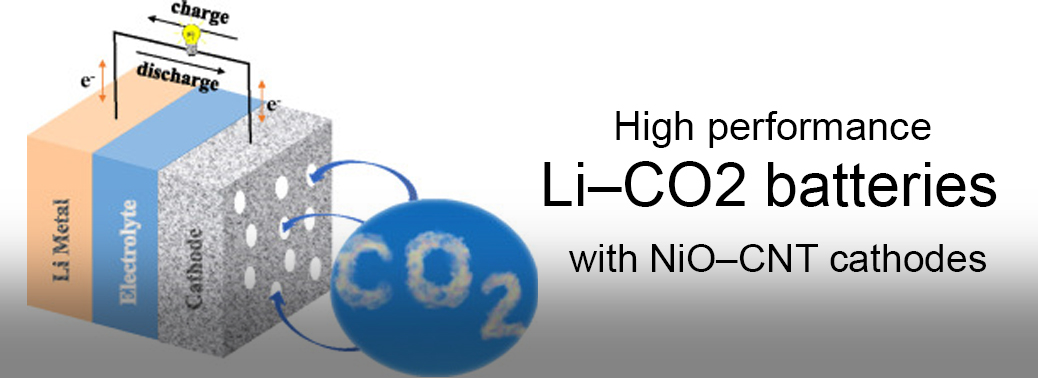LITHIUM-CARBON-DIOXIDE BATTERIES
14, Sep 2018

Prelims level : Paper – III Science and Technology- developments and their applications and effects in everyday life
Mains level :
- Researchers at Massachusetts Institute of Technology (MIT) have developed a new battery made partly from carbon dioxide captured from power plants.
About:
- Researchers combined the prior knowledge from two different areas, metal-gas battery electrochemistry and carbon-dioxide capture chemistry, and succeeded in increasing both the energy density of the battery and the efficiency of the carbon-dioxide capture,
- Rather than attempting to convert carbon dioxide to specialized chemicals using metal catalysts, which is currently highly challenging, this battery could continuously convert carbon dioxide into a solid mineral carbonate as it discharges.
- The battery is made from lithium metal, carbon, and an electrolyte, where the captured gas(C02) could then be used during the discharge of the battery to provide a power output. This approach is different from releasing the carbon dioxide back to the gas phase for long-term storage, as is now used in carbon capture and sequestration, or CCS.
Significance:
- The new battery formulation could open up new avenues for tailoring electrochemical carbon dioxide conversion reactions, which may ultimately help reduce the emission of the greenhouse gas to the atmosphere.
- Currently, power plants equipped with carbon capture systems generally use up to 30 percent of the electricity they generate just to power the capture, release, and storage of carbon dioxide. Anything that can reduce the cost of that capture process, or that can result in an end product that has value, could significantly change the economics of such systems,
- Carbon capture is widely considered essential to meeting worldwide goals for reducing greenhouse gas emissions, but there are not yet proven, long-term ways of disposing of or using all the resulting carbon dioxide.
- Underground geological disposal is still the leading contender, but this approach remains somewhat unproven and may be limited in how much it can accommodate. It also requires extra energy for drilling and pumping.






